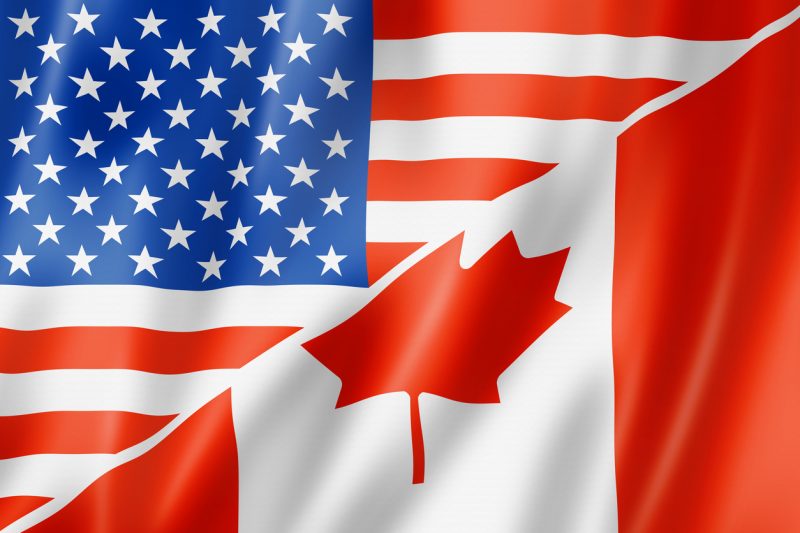Countries must prepare for the worst possible scenarios, and there are countless war plans sitting on the tables of generals and other leaders. These hypothetical wars that never go beyond lead on paper are usually kept secret and eventually forgotten. War Plan Red is one of those hypothetical wars, a strategic scenario created by the United States to determine what would be needed in case they decided to attack the United Kingdom.
War Plan Red, which was one of several color-coded United States military plans made in the 1920s and 1930s, was created after the Geneva Naval Conference. The Geneva Naval Conference, held in 1927, was supposed to limit naval construction and reduce the rivalry between significant naval forces such as Britain, Japan, the United States, and France. No definitive agreement was made in the end, and many countries continued to feel threatened.
In those years of turmoil, the period before WWII, some people in the United States, strange as it may seem today, considered Britain and its empire a threat. This is most likely why they devised War Plan Red, in which they discuss the measures to be taken in order to defend their Atlantic coast from a British invasion. It was approved in 1930, and modifications were made subsequently.
So what was the plan?
Since the United States military had no intention of engaging in any battles beyond the Western Hemisphere, the action plan was mainly focused on Canada, a British dominion but the closest neighbor of the United States. At the beginning of the War Plan Red documents, which were declassified in 1974 and immediately caused a small diplomatic stir between the U.S. and Canada, there is a lengthy description of strategic geographical points in Canada, as well as a full record of their military resources and roads. Based on this information, the United States military planned to attack first in order to disable the Canadian army. They wanted to invade before Britain had the time to send help, assuming that British forces would try to defend Canada. This made sense to the U.S. because the military bases, ports, and airfields in Canada were the closest they could get to their “enemy.”
Naval battles with the British fleet were not recommended in the plan because of the superiority of the British naval forces. According to the simulations they made, it was best if United States ships stayed in the Western Atlantic to blockade trade between Britain and Canada. A naval encounter with the fleet would happen only if there was a good opportunity for that.
Those who devised this plan were certain that the annexation of Canada would begin and end the war without the need for sending troops across the Atlantic. The only weak point was the possibility that Canada might declare itself as neutral in this hypothetical war. In this case, the war planners recommended that the United States should accept this only if Canada allowed them to occupy some ports and territory until the war ends.
A decisive move in War Plan Red was an attack on the city of Halifax, a major port city. This would cut off contact between Canada and Britain and cause inconvenience for the British. For this purpose, in 1935, the United States even started building air bases disguised as civilian airports close to the U.S.-Canada border. Other parts of the plan included the occupation of the hydroelectric power plants around Niagara Falls, and finally a three-front occupation of the whole territory of Canada.
Another interesting fact is that the United States strategists considered annexing all of the Canadian territories that were going to be conquered. They planned to make them part of the Union.
Luckily, this plan never saw the light of day because of course this war never happened. In 1939, WWII began, and Britain decided to go against Nazi Germany. The United States focused on their Rainbow plans, and since their goals were almost the same as the ones Britain had, they decided to shelve War Plan Red. The United States and the United Kingdom were close allies in World War II.
Hearing about some real-life plans that might have happened some time in history always leaves us with a strange feeling. It takes us into a world in which reality is shifted. A dream world. If only peace plans were more often made than war plans, the world would surely be a better place.
